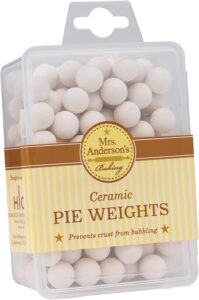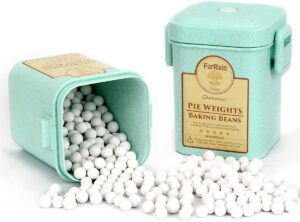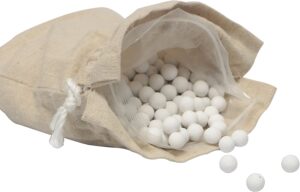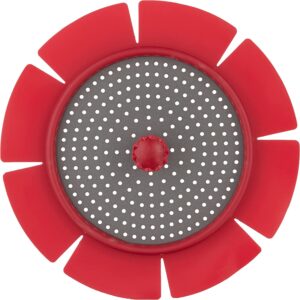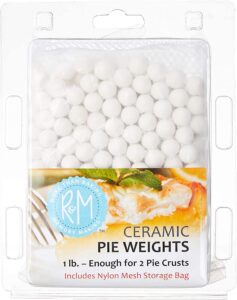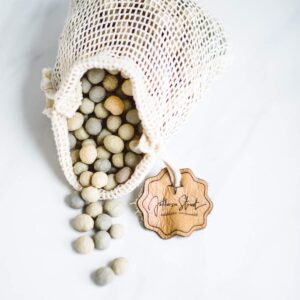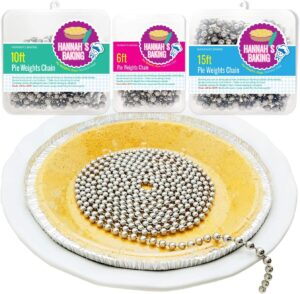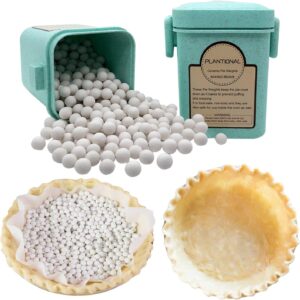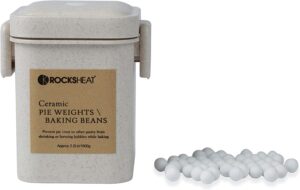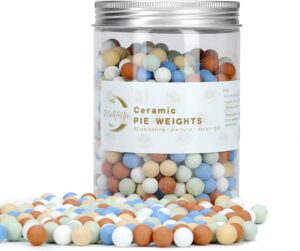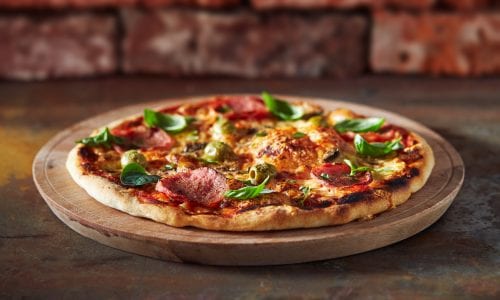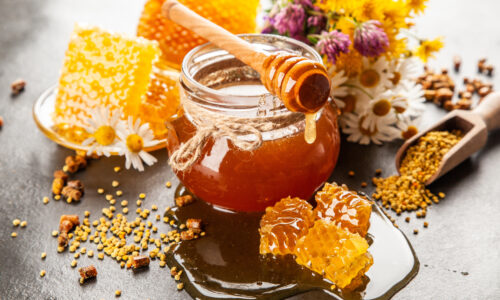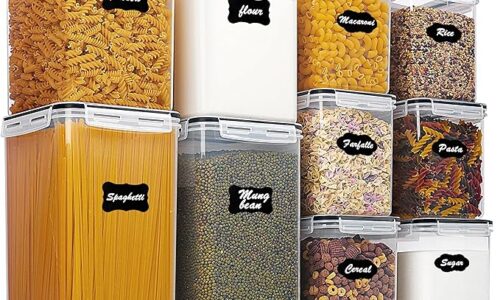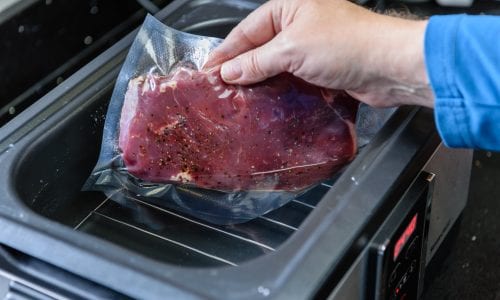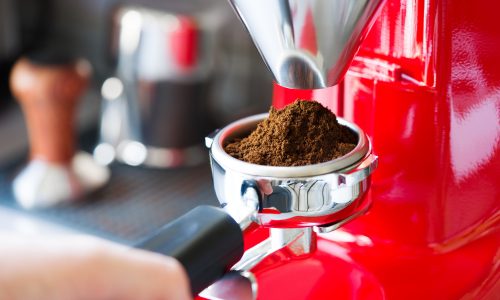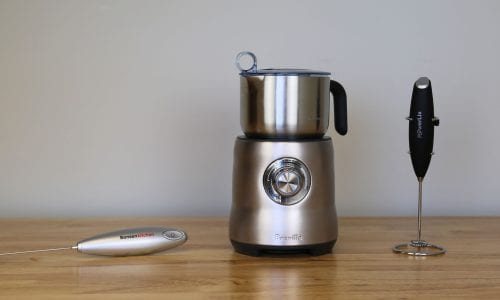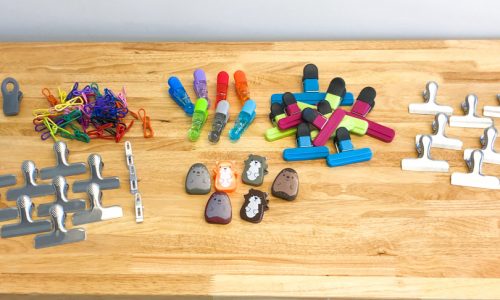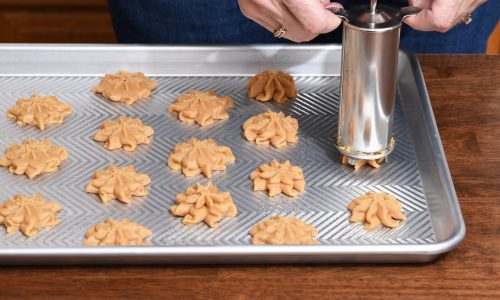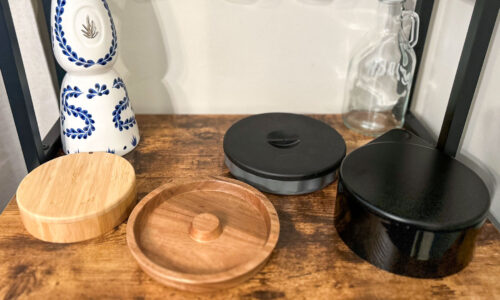The Best Pie Weights
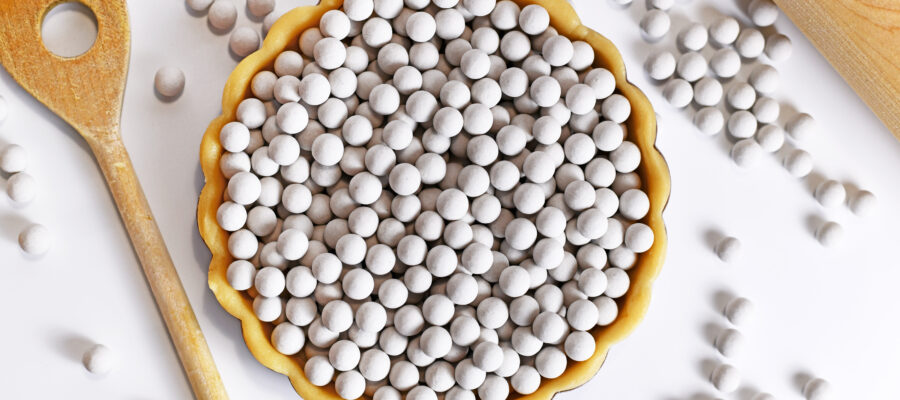
Our Review Process
Don't Waste Your Money is focused on helping you make the best purchasing decision. Our team of experts spends hundreds of hours analyzing, testing, and researching products so you don't have to. Learn more.
Our Picks For The Top Pie Weights
- 1. Mrs. Anderson’s Baking Food Safe Ceramic Pie Weights
- 2. FurRain Reusable Ceramic Stoneware Pie Weights
- 3. Webake Cotton Bag & Ceramic Stoneware Pie Weights
- 4. Chicago Metallic Perforated Single Piece Design Pie Weight
- 5. R&M International Storage Bag & Reusable Ceramic Pie Weights
- 6. Jefferson Street Ceramic Stoneware Clay Pie Weights
- 7. HANNAH’S BAKING Stainless Steel Chain Pie Weight
- 8. PLANTIONAL Storage Container & Ceramic Pie Weights
- 9. K ROCKSHEAT Non-Porous Non-Absorbent Ceramic Pie Weights
- 10. WelifeUp Assorted Colors Non-Toxic Ceramic Pie Weights
These ceramic beads come in an almond color. The pack includes 0.35 pounds of them, so you can buy as many as you need for your pie crust size. You can keep them in the small plastic package.
Basic OptionConsider this small pack of weights if you don't need too many or you plan to buy multiple packs.
Including 1.2 pounds of ceramic beads, this set suits making 1 or 2 pies. Keeping the beads organized is easy since you get a green storage container made of eco-friendly materials.
Convenient StorageThe eco-friendly container that comes with these bead-style weights allows for convenient storage.
Made of ceramic, these beads come in a large pack weighing 1.6 pounds. You can use half for a single crust or the whole bag for a pair of crusts. They come in a handy drawstring bag.
Large PackThis option gives you a large quantity so you can blind 2 large pies at the same time.
Accommodating pies between 9 and 11 inches, this disc-style weight offers simplicity. You can easily apply and remove it without the hassles of beads or chains. Plus, you can wash it in the dishwasher.
One-Piece StyleIf you want something you can use quickly and without a hassle, consider this disc-style weight.
Buying Guide
When you make certain types of pies such as pumpkin, chocolate cream or lemon meringue, you may need to bake the crust on its own and add the filling later. Called blind baking, this popular process can lead to unwanted air bubbles forming in the crust, especially if it’s a flaky rather than graham cracker style. Pie weights help prevent this problem since they help hold the crust down to the pan. They come in a few different styles that you can use quickly and easily.
The most common pie weights resemble a set of small beads made of ceramic or metal. They tend to come in large quantities, but you may need more than one pack for your needs. While the ceramic ones usually come in white, some makers offer mixed packs with colors such as orange, gray, blue or green. If you purchase these pie weights, be prepared to deal with a lot of small pieces that you’ll have to put in and take out.
If you’d prefer not to use individual weights, you can look for pie-weight chains. You’ll find these easier to work with since the beads connect on a chain, and the setup and removal processes take less work. The chains usually contain beads made of silicone or stainless steel rather than ceramic. They also come in several lengths typically measured in feet, so coverage will vary depending on the chain length and pie size.
A less common type of pie weight looks like a large disc that you simply place in the pie pan. The disc usually has a metal center with silicone used for the outer portion. While this option can come at a higher cost, you may find it easier to use and more convenient than dealing with individual beads or chain-style pie weights. You’ll just need to make sure you choose a disc that fits the pie pan size used.
What to Look For
- When shopping for ceramic pie weights, know that the individual beads can come in slightly different sizes and weights and that the packages usually state a weight in ounces or pounds. Check the guidelines from the maker since they may advise you on how many you need for different pie sizes.
- Don’t put pie weights directly on the crust. Instead, cut and use some aluminum foil or parchment paper as a lining and place the weights on top. For convenience, you can get pre-cut pie liner sheets sized for your specific pan.
- If you end up with not enough pie weights, you can consider some substitutions until you can buy more. Some people like to use beans or popcorn kernels since they’re the most similar to beads. You can also try messier options like sugar or improvise with stacked pie dishes.
- Monitor your pie and remove the weights once the crust has become firm. Since the weights will be very hot, use the foil or parchment paper to help lift them off safely. Let weights cool before you touch or store them,
- Although they shouldn’t directly come in contact with the crust, pie weights can still get dirty or start to have an odor. When this happens, get a container with some dish soap and water to clean them.
- Pie weights in the loose bead style come with some special considerations. Since they’re so small, they present a choking hazard to small kids, so keep them out of their reach. Additionally, you could easily drop or spill them on the floor. Besides the hassles of cleanup, this can lead to safety concerns if you slip on them.
- Store your pie weights properly so you don’t lose them. Beads and chain-style weights usually come with a handy tin, box or bag to use. Make sure you seal the container properly to keep loose beads from spilling out. A sandwich bag with a zipper can make a suitable backup storage solution.
- Another handy pie-making accessory you might like is a pie crust shield. While you could use aluminum foil to create your own, buying a metal or silicone shield will save some time and provide a durable, reusable solution.
More to Explore
Using pie weights with a store-bought or homemade crust is pretty simple. However, following some tips for preparing and blind baking your crust can help you get better results.
If you use a store-bought crust, make sure you give it enough time to defrost first before you start getting it ready for the pie weights. Additionally, expect the package to indicate a slightly shorter baking time than if you had used a homemade crust. This makes it essential to keep a close eye and remove the pie weights on time.
Usually flakier and fattier, homemade pie crusts take some extra time to prepare and cook properly. After you make the dough and put it in the pan, you’ll want to give it some time to chill both in the refrigerator and freezer to prevent a poor shape and texture. Be sure to follow the cooking time for the recipe you choose.

